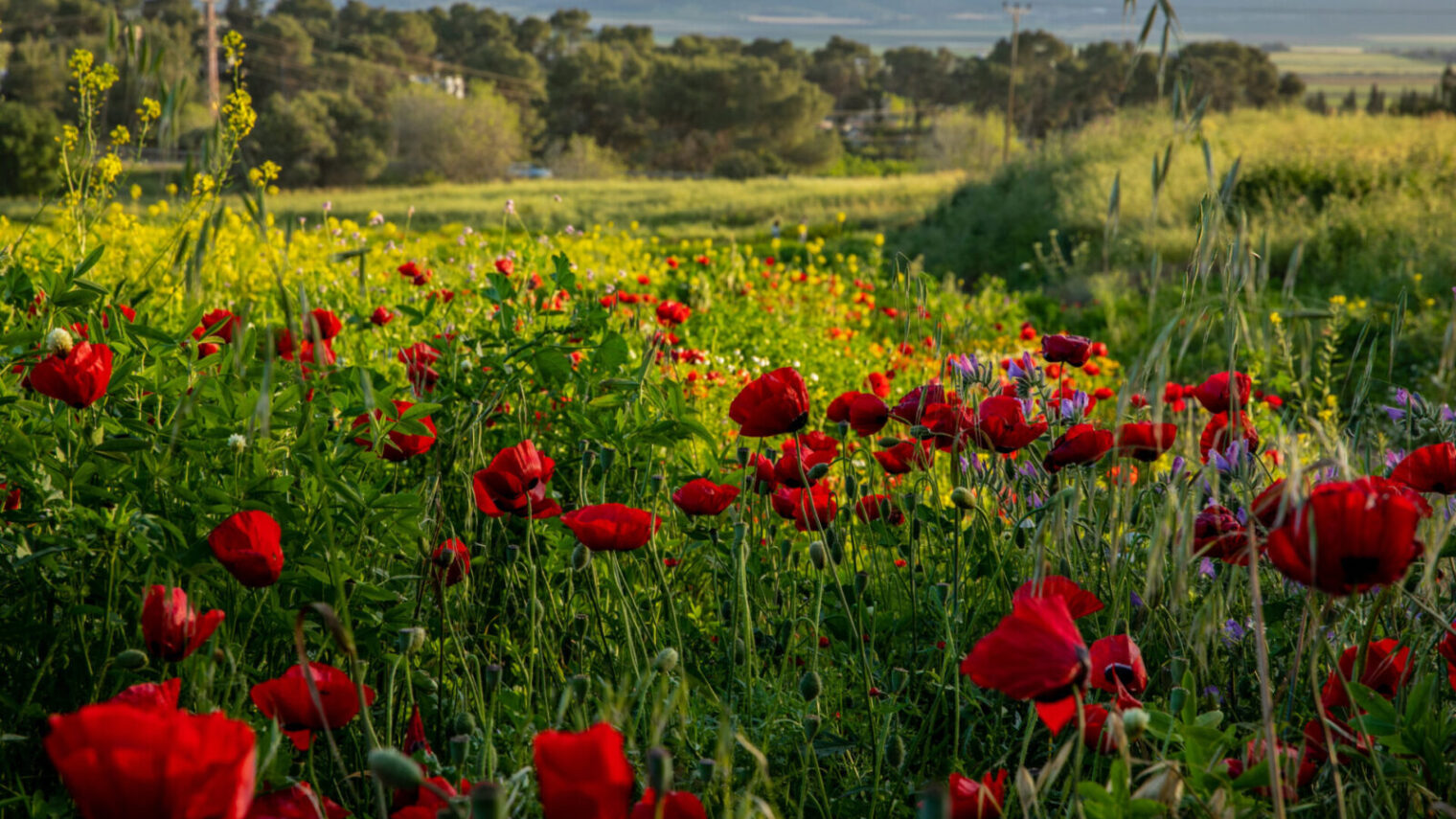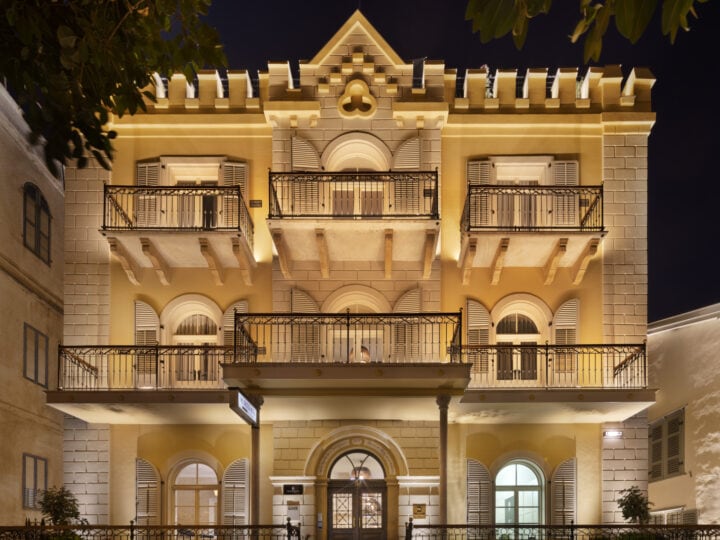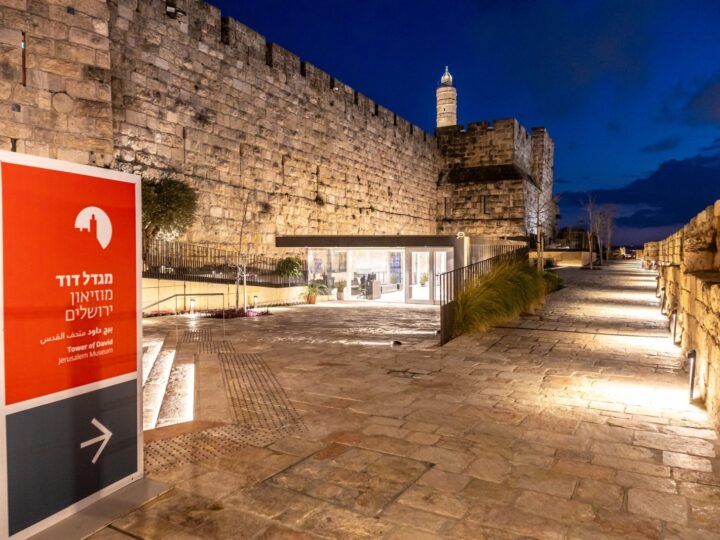If it’s March, it means Israelis are outdoors admiring the fields of pink, purple, red and yellow made up of their favorite wildflowers — kalanit (anemone), rakefet (cyclamen), narkis (narcissus), tourmus (lupine) and pereg (poppy).
This year, thanks to abundant winter rains, the flowers are especially plentiful and magnificent, says Elisha Mizrahi of Keren Kayemeth LeIsrael-Jewish National Fund (KKL-JNF).
“Experts are collecting online data of where and when fields are flowering,” Mizrahi tells ISRAEL21c. “We have sightings of rare desert flowers that you only see every 25 years. For some of our kids it’s the first time they’ve seen certain flowers in the Negev and Judean deserts. Every week there’s a new species flowering.”
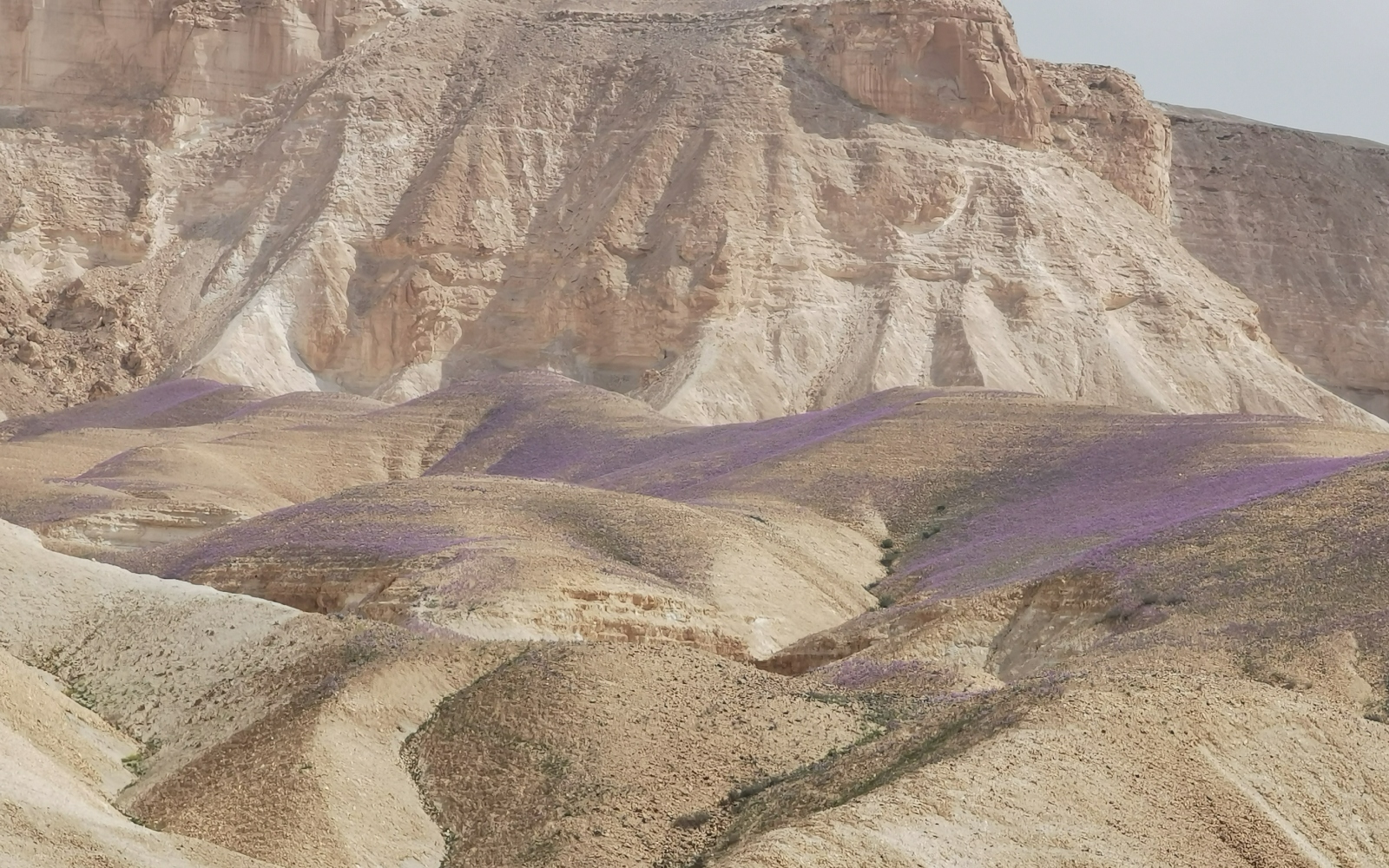
For those who read Hebrew, this website meticulously lists multiple destinations for seeing wildflowers. Every Friday in March, the tourism department of the Judea Regional Council offers walking tours to see the flowers and birds (Hebrew only).
If you can’t be here in person, enjoy new gorgeous wildflower photos posted daily on KKL-JNF’s Facebook page and on the Israeli Facebook group Botanicalovers.
We suggest these 10 spots to check out the beauty growing wild this spring in Israel.
1. Darom Adom – Scarlet South Festival
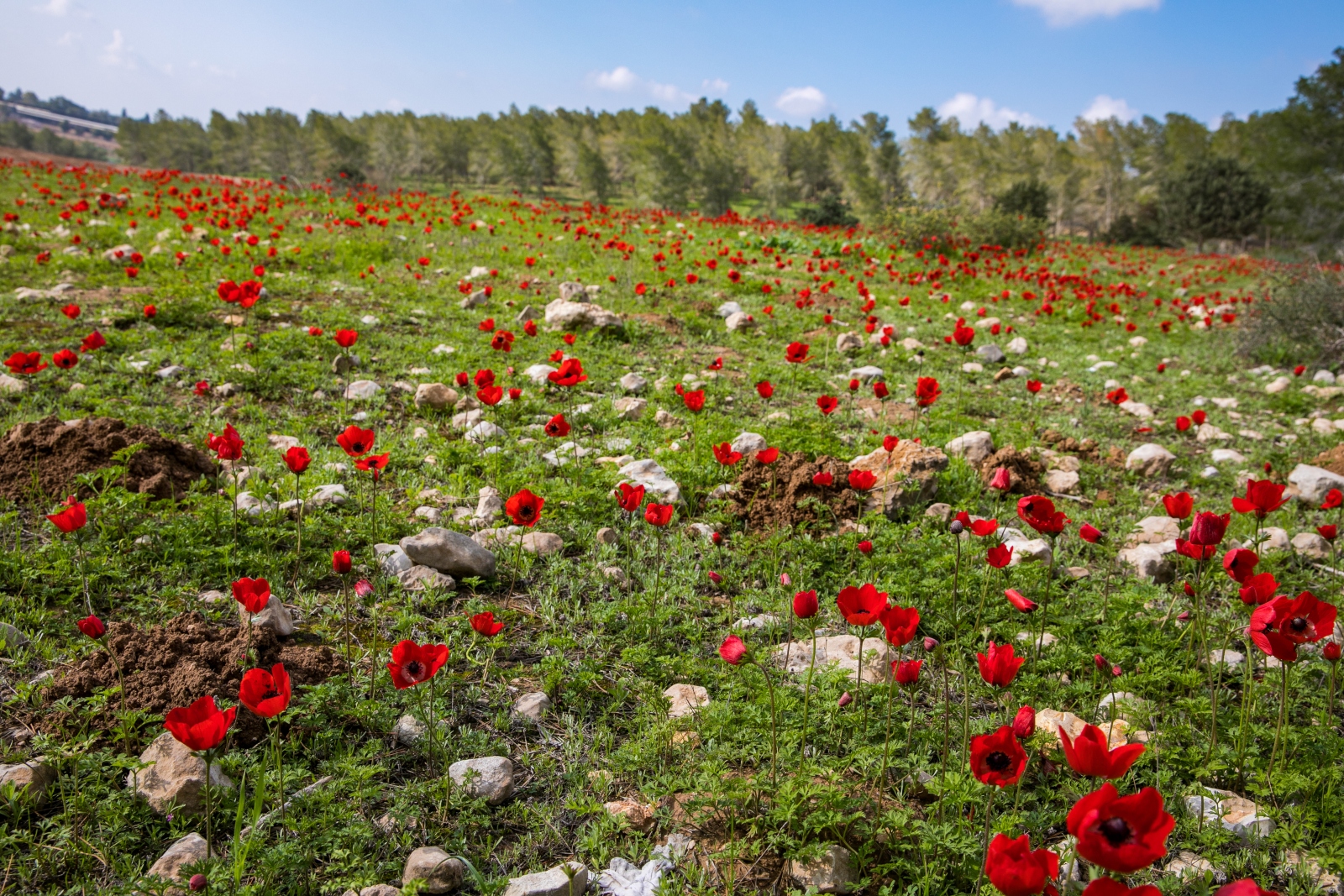
March 5-7 is the final official weekend of the annual Darom Adom – Scarlet South Festival in the northwestern Negev, produced in conjunction with KKL-JNF. A variety of activities is planned along with free tours through the red carpets of anemones in the Reim Recreation Area and the Ruhama Forest.
If you miss the festival, it’s still worth a trip to see the brilliant colors through April.
“After a difficult period of fires caused by airborne arson attacks from Gaza, the entire northern Negev region has been renewed with a green coat covered with magnificent carpets of red anemones that bear no trace of the blackened scars,” according to KKL-JNF.
2. Lupine Hill
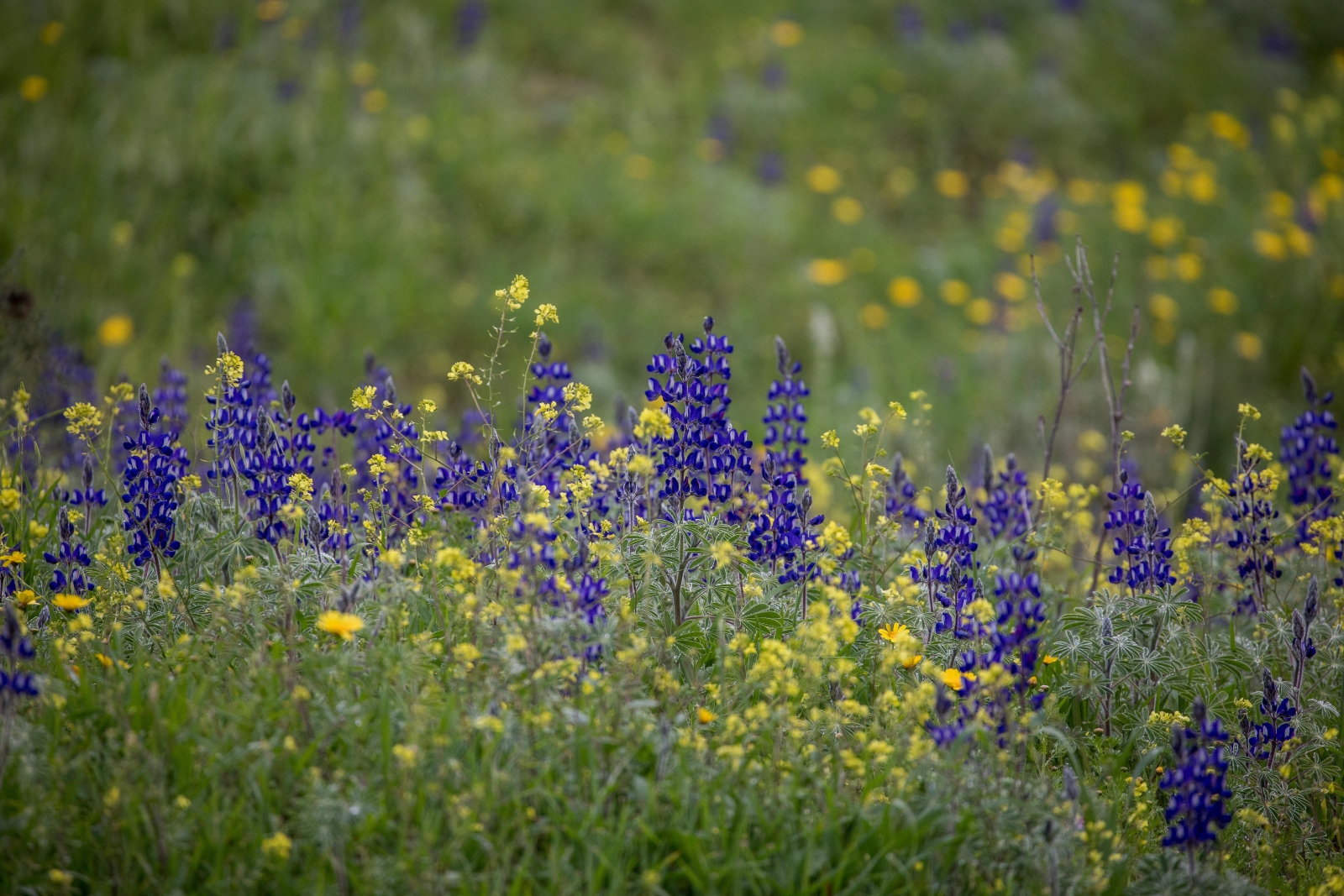
South of Beit Shemesh in the Elah Valley, Givat Hatourmasim (Lupine Hill) is awash with purple lupine and many other species are also in full bloom. Go early on Friday, or on any other day of the week, to avoid crowds. You’ll also see anemones growing everywhere on the northern side of the road.
3. Sataf
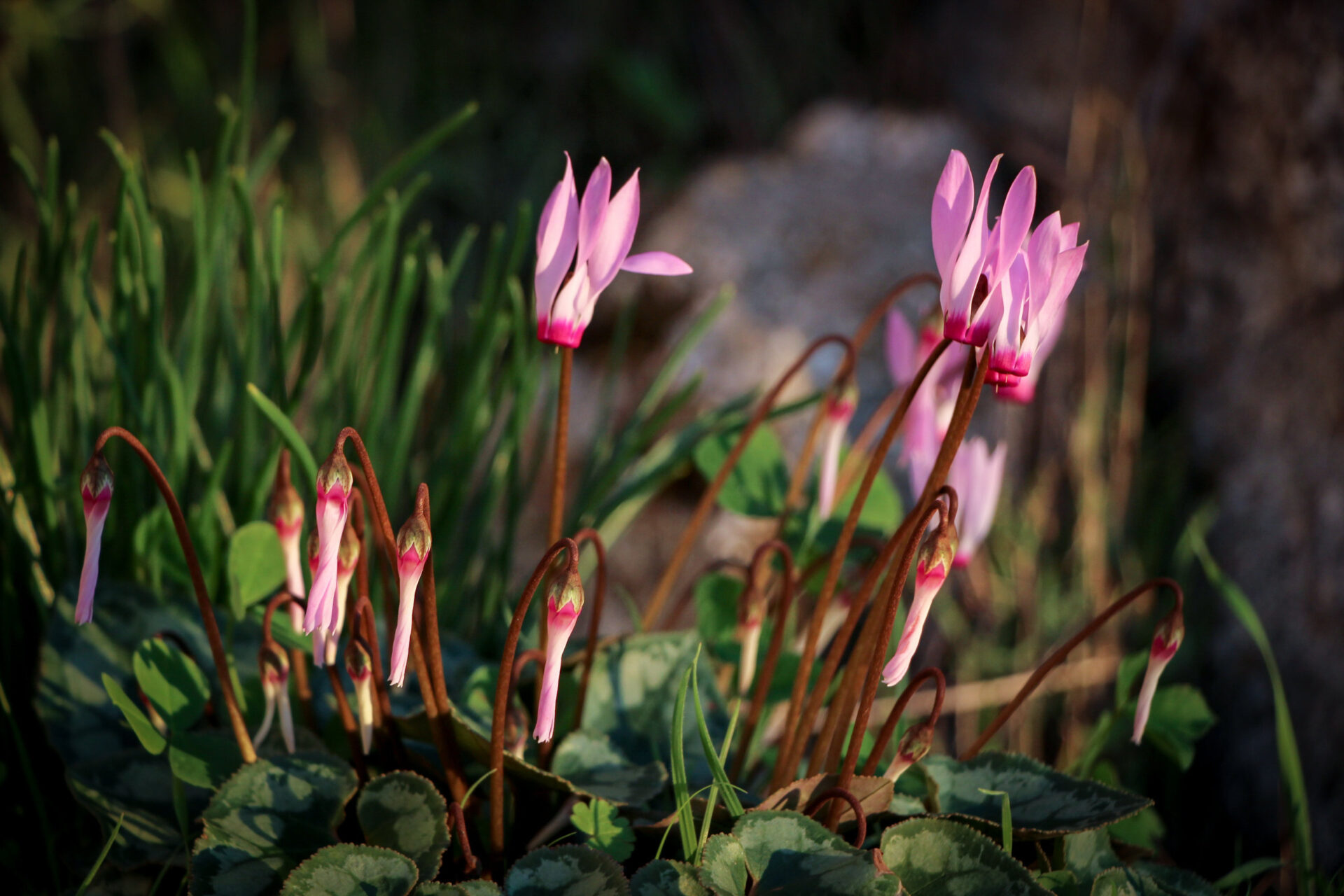
Almond trees and cyclamens are in bloom this time of year at Sataf, a hiking and nature preserve to the east of Har Eitan on the western fringes of Jerusalem.
Cyclamens, in shades from white to dark pink, are also called Solomon’s Fire because they look like clusters of flame shooting up from rocks and shady areas.
4. Carmel Nature Reserve (“Little Switzerland”)
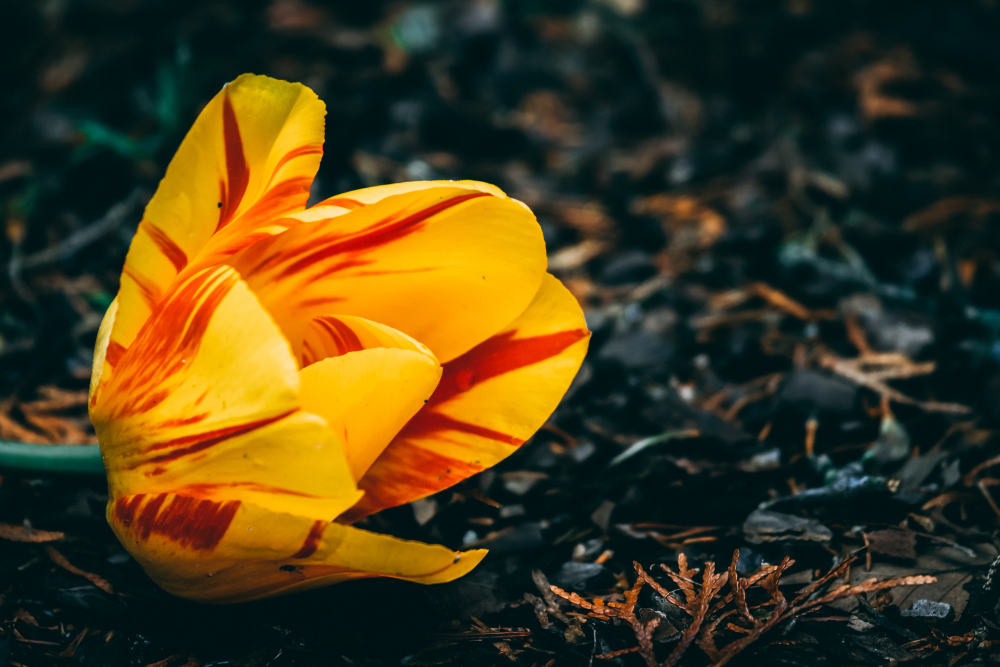
Large lupines and irises are blooming across the Carmel region now, but the truly rare sight to see is the special tulip variety of this area: yellow-and-brown striped “tiger” tulips that are unusually large.
The main entrance to the reserve is near the University of Haifa. In May you’ll see the unique lilies.
5. Mount Gilboa
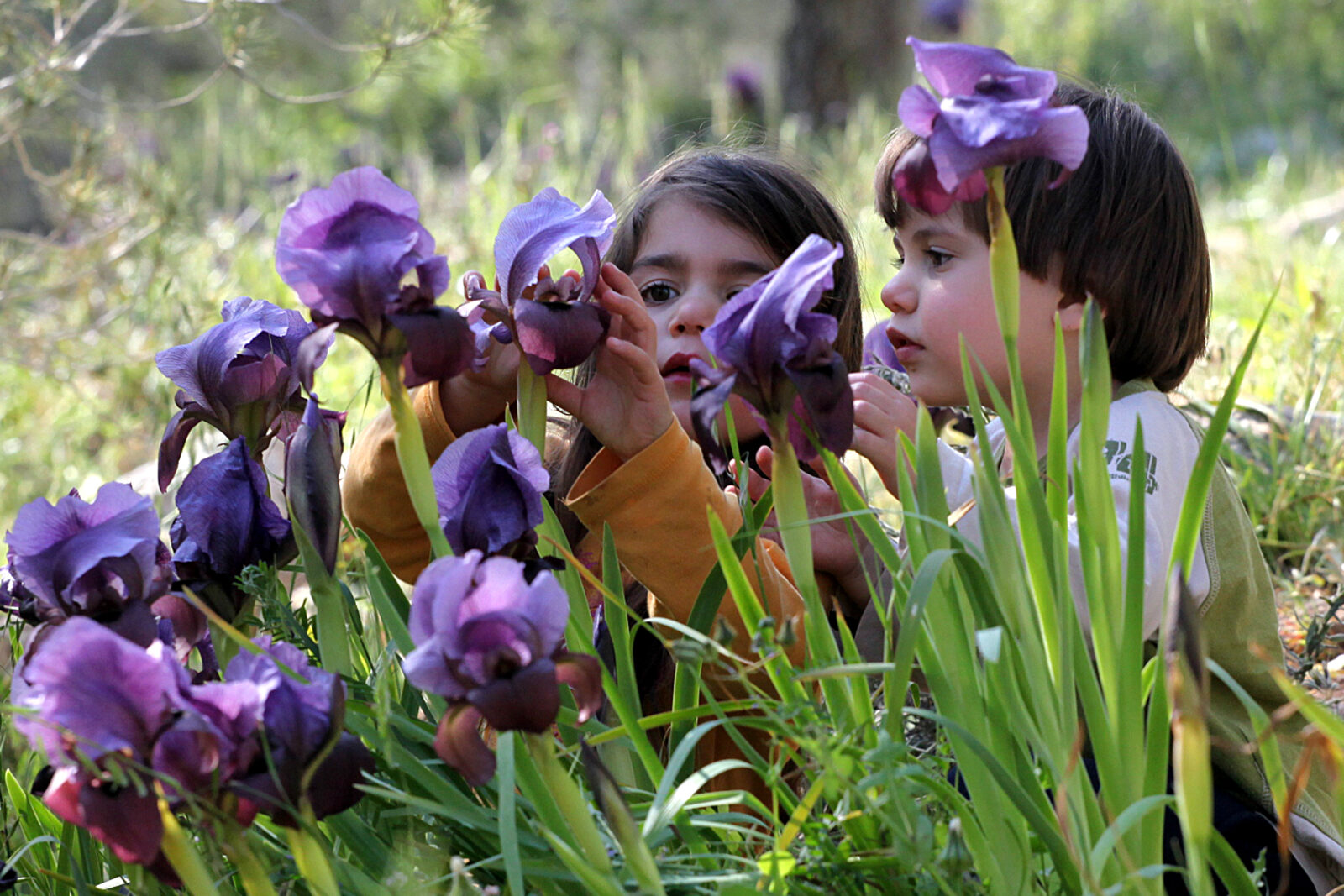
This hill in the Beit She’an Valley is famous for its incredible irises. In fact, the Gilboa Iris was chosen as the symbol of the Society for the Protection of Nature in Israel and it is getting more scarce for reasons not well understood. Peak season is mid-March.
6. Duda’im Forest
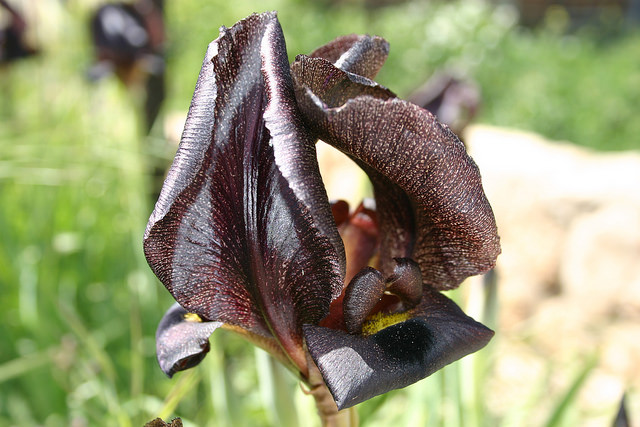
The exotic black Negev (or Judean) iris grows in this KKL-JNF grove near Beersheva, as well as on the field road between Tze’elim and Gvulot farther south, says Mizrahi.
7. Cyclamen Hill at Tal Shahar
This pine-tree-shaded spot in the Ramot Menashe Park near the Elyakim Interchange in the Megiddo area features a short walking trail where visitors come to see multicolored cyclamens and lupines blossoming in early spring. Signs along the trail provide information about these flowers.
8. Dead Sea and environs
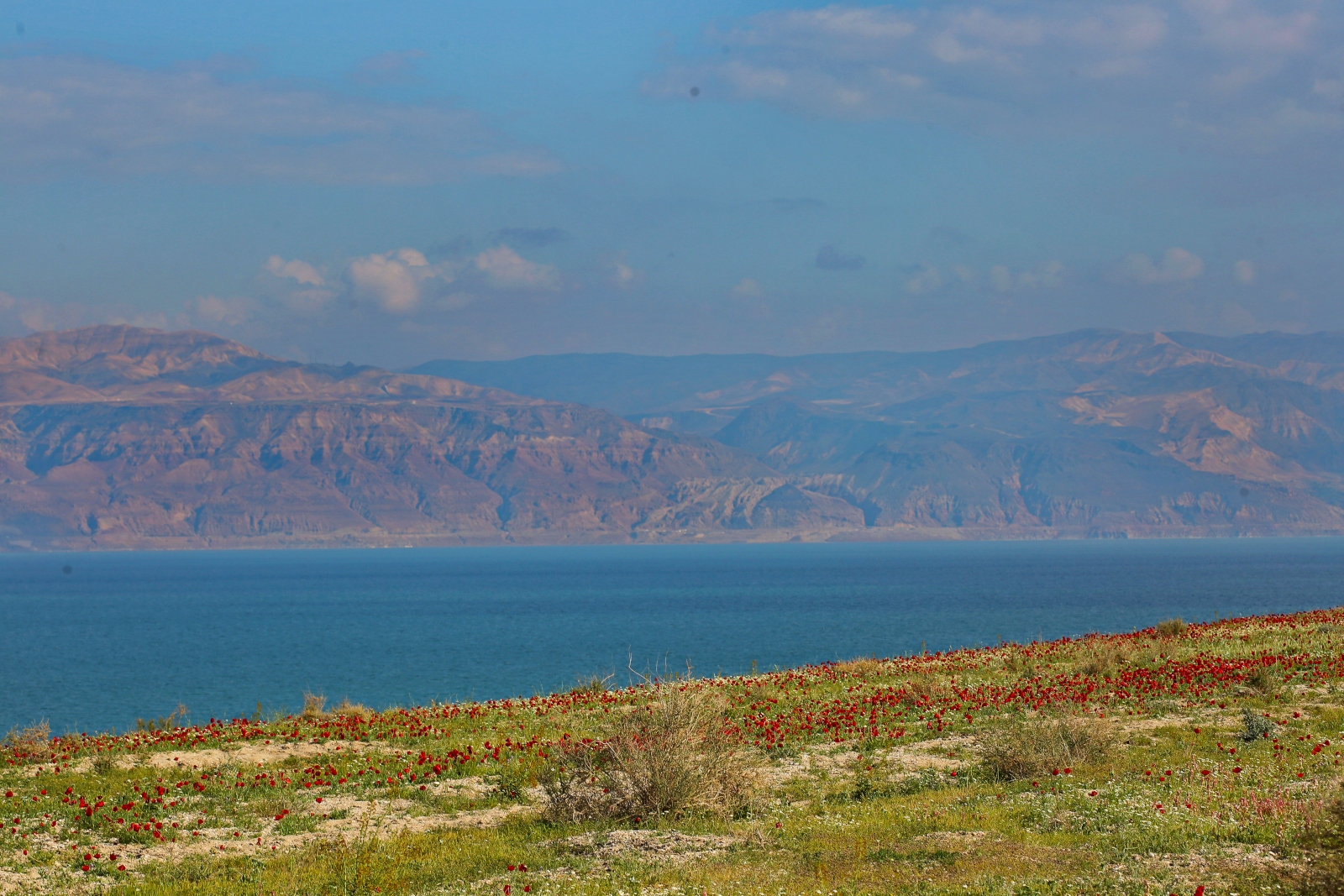
Yes, we know the Dead Sea would seem to be an odd place to find fragrant blooming life, but in fact this March the area between Qumran and Ein Gedi – and the entire Judean Desert — is chockfull of flowers that haven’t poked up their heads in years. You can thank those blessed rains.
9. Iris Reserve, Netanya
Huge bouquets of beautiful irises await you at the Iris Reserve south of Netanya, close to the beach. The rare and impressive flowers here bloom in February through March, attracting thousands of visitors. The grounds also boast a sculpture park.
10. Golan Heights
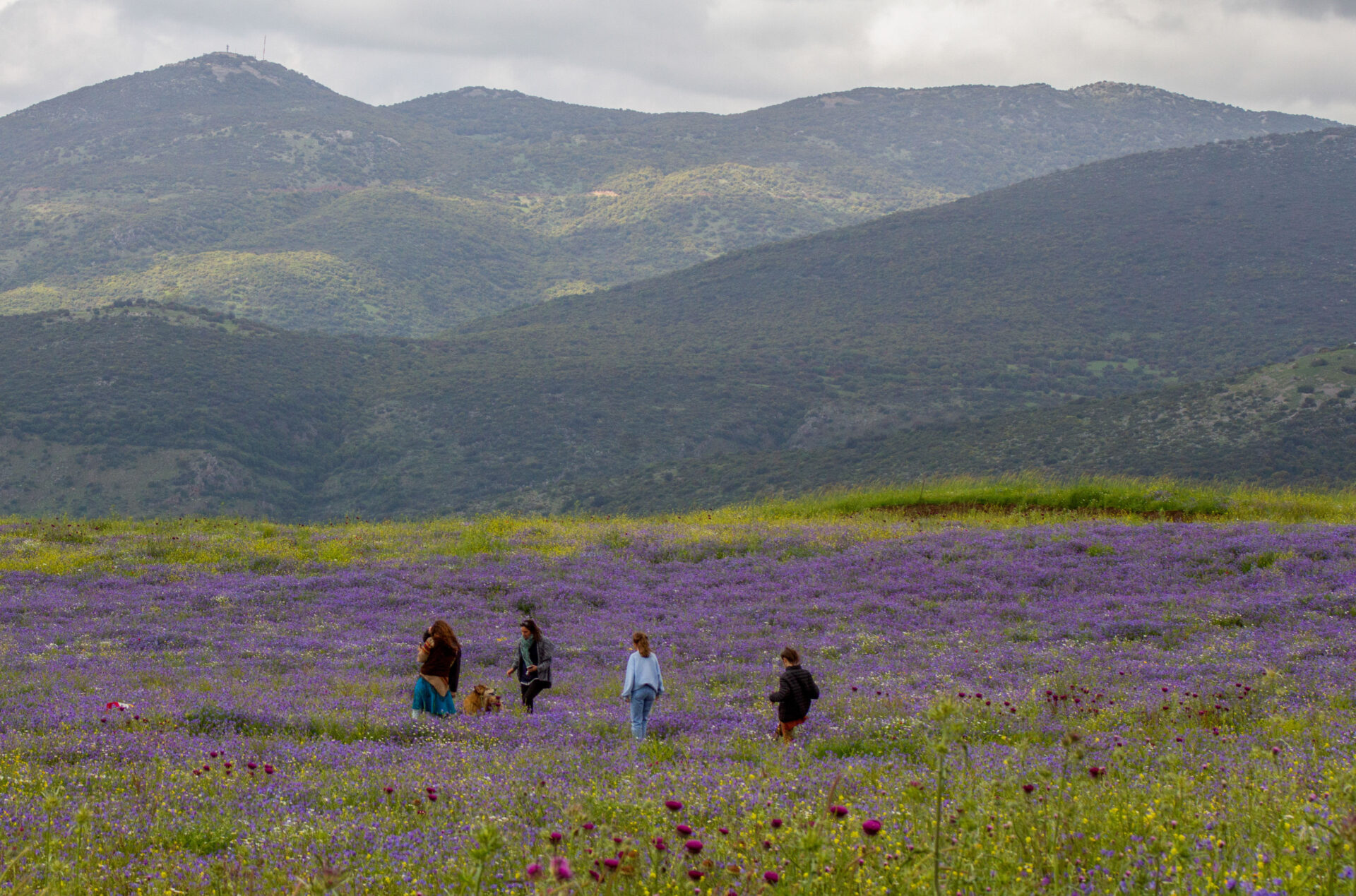
The northeast corner of Israel has its own six or seven species of irises, tulips and orchids. This is the last area to bloom because it is the coldest. The best times to view the beauty are late March and early April.




